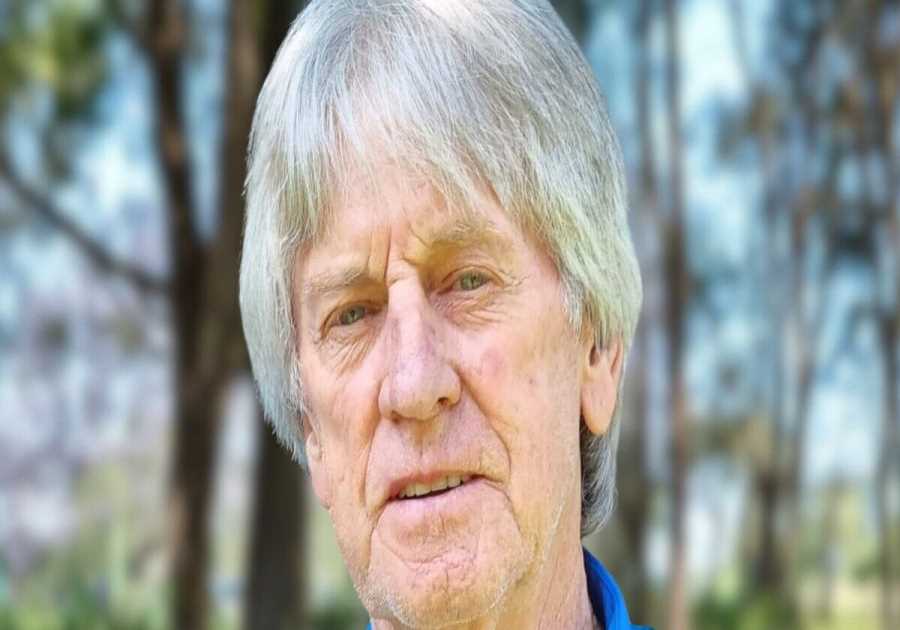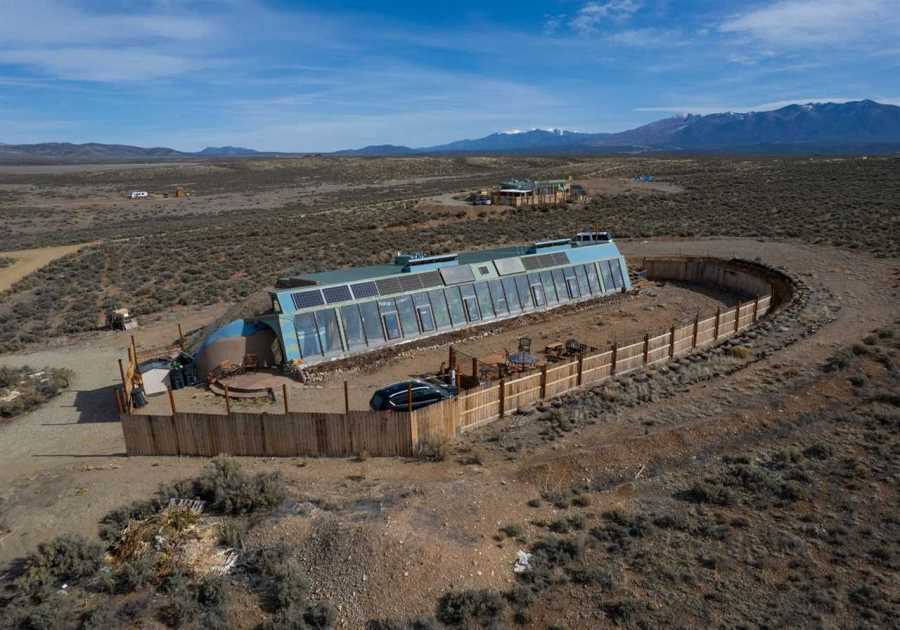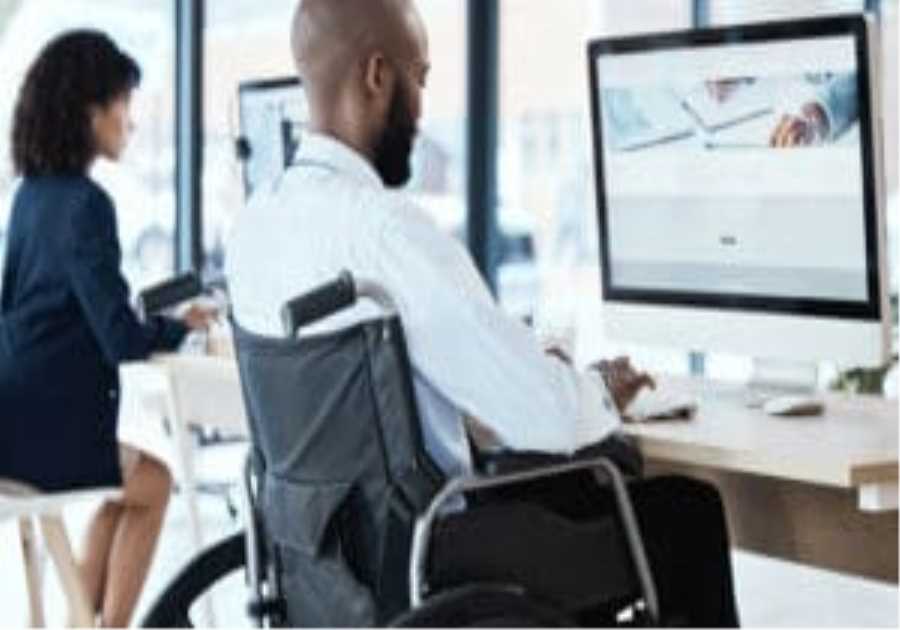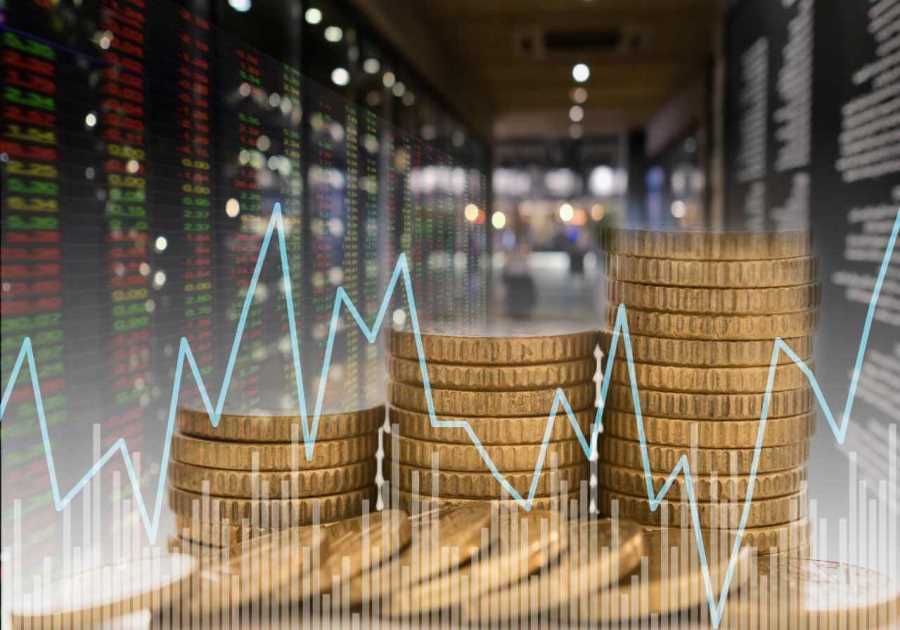Robyn Phelps/Insider
As an expert on microplastics, here's what I do to keep my family safe.
This is an as-told-to-essay based on a conversation with Laura Hardman, 33, the mother of a 5-month-old and the director of the Ocean Wise Plastic Initiative at the Ocean Wise Plastic Lab in Vancouver, Canada. Hardman does research on microplastics — tiny pieces of plastic debris that are broken down from larger plastic items. Microplastics are often too small to pick up or even notice, but they are everywhere: in the air, dust, and rain. While most microplastic research focuses on marine ecosystems — where plastics are known to harm growth and reproductive health in creatures including fish, shellfish, and plankton — these tiny plastic particles are also ingested by humans and have recently been found in human blood and major organs. In new mothers, microplastics have been found in placentas and breast milk, and they appear especially abundant in baby poop — 10 times more than in adult feces. The effects of microplastics on human health are not yet fully known, but emerging research has linked polyethylene, the most commonly used plastic, to cell damage, and environmental microplastics are known to attract and carry dangerous contaminants like cancer-causing toxins, heavy metals like mercury, and disease-causing pathogens. Plastic household items often contain chemicals that are hazardous to humans and can leach, or seep, into water, the air, or food, especially when heated. Because of this, Hardman tries to minimize the amount of plastic her family is exposed to.
As the director of the Ocean Wise Plastic Initiative, I am responsible for our plastic-reduction program where we partner with businesses and individuals to help them minimize how much plastic they use. When we're starting to work with a group, I'll say: "Stand up if you care about plastic pollution," and everyone will stand up. And then I'll say: "Sit down if you've used an unnecessary piece of plastic today." Very rarely is anyone left standing. When I start running through plastic items like toothbrushes and toothpaste tubes, it quickly becomes clear that even if everybody cares, it's difficult to stop using plastics because we're almost blind to our plastic use (through no fault of our own). It's insidious — it's in everything and every part of our day. And what keeps me awake at night is that plastic consumption is still increasing. The amount of plastic waste we produce is projected to triple by 2060.
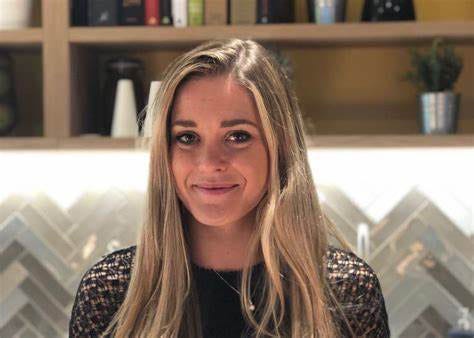
Laura Hardman
Plastic is a relatively new pollutant, so there's still a lot we don't know about it. In the lab, my team of researchers and I focus on the sources, effects, and fate of plastics in the ocean. We research how plastic is affecting certain species, and there are a number of serious negative effects. We're seeing things like endocrine disruption, which affects reproduction, and bioaccumulation, which is when plastic in the food-supply chain accumulates in the digestive tract and can cause blockages or cause marine creatures to feel full when they're not. And it's not just about the microplastics themselves being dangerous — plastic has this unique ability to attract other pollutants, and that increases its toxicity. For instance, if you're a whale and you're consuming vast amounts of food carrying microplastics, the chemical concentration in the plastic and the cocktail of whatever may be attached to the plastic compounds increases and becomes more toxic to you. What I take away from that is, if we're starting to see this in marine species, what's the impact for humans?
We know that we're ingesting a lot of microplastics — as many as 230,000 tiny particles in a typical roast dinner made with ingredients that are packaged in plastic, and over a billion in a plastic tea bag. Much of the early science on how plastics impact human health is inconclusive right now, but for me, "inconclusive" just means we're at the start of a very long research journey. And it doesn't mean that I, on a personal level, am not going to be proactive now in trying to limit my and my loved ones' exposure. Robust research takes time, but if we wait until we know the full extent of the risks, it is likely to be too late for a generation or more. The simple answer is we don't know what plastics might be doing to us, but I've started to get really concerned. So, why wait?
How to limit plastics for a newborn
Researchers don't know exactly how much plastic babies ingest, but they do know that babies are exposed to microplastics in the womb and tend to have higher exposure than adults, and of course, babies put everything in their mouths. When my partner and I learned we were having a baby, I went down a rabbit hole looking at all the things that you really "need" for a newborn. You're in this really vulnerable position where, unless you've got a great network of friends and family to help you navigate it all, you don't know what you actually need and what is unnecessary waste that's being marketed to you as a new parent. Eventually I decided that my approach to reducing plastic pollution was to break all of the items on our list into three categories: unnecessary items, items that are unnecessarily made of plastic, and plastic items that are unavoidable.
So my starting point was a series of at-home audits to evaluate the plastics that were already in my life. I asked myself: "What am I using? Where is it coming from?" For instance, my partner and I used to go through a lot of plastic bread bags from bread we got at the grocery store. The swap for us was to find a good secondhand bread machine, because I'm not going to bake it entirely by hand!
Like most young moms, I worry about anything that my daughter comes into contact with and about setting her up for the best possible start. I knew quickly that I wanted to keep plastics and microplastics away from her as much as possible, because researchers are increasingly finding them in human placentas, breast milk, and baby poop — which terrifies me. Those kinds of studies scare me the most.
One of the biggest sources of plastics that you encounter when you have a baby is disposable diapers — in North America around 30 to 40 billion diapers end up in landfills each year. I wanted to avoid them as much as possible and find something reusable, but we weren't sure how that was going to work. Reusing diapers is not the nicest concept to imagine, and my partner was understandably resistant. We agreed after some research that we would buy two reusable brands that were mostly plastic-free and one box of disposable ones and see how we got on. We were pleasantly surprised by the reusable diapers. After all of the horror stories about reusables, the reality was nowhere near as bad as we thought. In fact, quite the reverse — we're saving money and, honestly, they look cuter. My other half is now a firm advocate for reusable diapers. Of course, the caveat is we're only five months in — solid food is coming.
Another plastic-ridden nonnegotiable for me was wipes. Most commercial wipes are sold in dreadful plastic packaging, and in order to make the wipes more resilient, they have plastic as part of the fiber weave. Plus, they're not commonly disposable in anything other than the landfill — where 68 billion of them end up every year. I considered going for reusable wipes, but we decided reusable wasn't practical for our family in terms of the sheer volume of washing and how much we're traveling with our little one. So we've opted to make our own wipes, and I would say it is the best thing I've done.
I buy paper towels that are wrapped in paper and sustainably forested, and I make up a solution of almond oil and baby-safe Dr. Bronner's soap and use that to make wet wipes, which we store in a reusable plastic diaper dispenser. I wasn't sure how much work it was going to be and whether I was going to be able to maintain it, but we're still going strong. I'm using a plastic box, and I'm still using a disposable product, which is more consumption than I'd like, but it is working well for me.
For baby bottles, I use glass bottles with a natural silicone teat. Because the bottle is going to have heat applied to it, and from what we know about how plastics can leach harmful chemicals into the air or liquid over time — and specifically how plastic baby bottles shed millions of microplastics when they're sterilized — using a plastic bottle was not something that I was going to be comfortable with. To limit plastic in my breast milk, I already try to avoid a lot of prepackaged foods, which is where a lot of plastic contamination comes from, and I use silicone pouches to store breast milk in the freezer. Our approach to weaning is to use homemade purées made out of carrots or broccoli or whatever we buy at the loose produce section of the grocery store, instead of packaged pouches of baby food.
There are a lot of places where plastics appear that we don't really think about. For example, a lot of children's cutlery and plates are plastic. And there's clothing — which can contain a lot of plastic. A lot of people make sure their babies' clothes are organic, cotton, and made with child-friendly dyes, but they're not aware of their own clothing. Your baby is probably sucking on your clothes more than she's sucking on hers. I try to apply the same rules to myself as I do to her, so for the clothing I wear now, I try to stick to natural fibers and dye.
Cutting down on consumption
I live and breathe plastic reduction every day, but I still feel anxious about what decisions to make — and all of this can be really intimidating for young parents who want to raise their kids in a way that is safe and environmentally friendly. It's also tough with other people. Other people want to be amazing and buy stuff for your baby, right? And I have never refused gifts, because that would be awful — you don't want to be a complete monster. But one of the things that's been super helpful is sharing my values with family and friends. I don't want to ram it down people's throats, but my sister said that she enjoyed learning along with me. So talk about it with your family and friends and share that this is what you're trying to do — because it isn't easy — and then they can help you and enjoy the journey with you.
I want people to know that you're not the only person thinking or learning about this. "You can't be perfect in everything," is what I have to keep telling myself, and what I would tell anybody else. Anything that you can do is a win for your child and a win for the ocean. Every time you say, "I don't need that" or "I can get that secondhand," that's a win. And that has to be celebrated, because if we don't start there, it's going to feel too big and we're going to become too overwhelmed. And that paralyzes us from taking action.
Adrienne Matei is a freelance journalist based in Vancouver, Canada. She writes about culture, technology, lifestyle, the environment, and more.
Read More
By: [email protected] (Adrienne Matei)
Title: I research harmful microplastics. Here's what I do to keep my family safe from their toxic chemicals.
Sourced From: www.businessinsider.com/expert-how-i-keep-baby-family-safe-toxic-plastic-microplastics-2023-1
Published Date: Wed, 25 Jan 2023 11:01:00 +0000
Did you miss our previous article...
https://trendinginbusiness.business/politcal/the-us-army-has-to-rename-its-new-rifle-after-accidentally-using-the-name-of-another-gun
.png)


